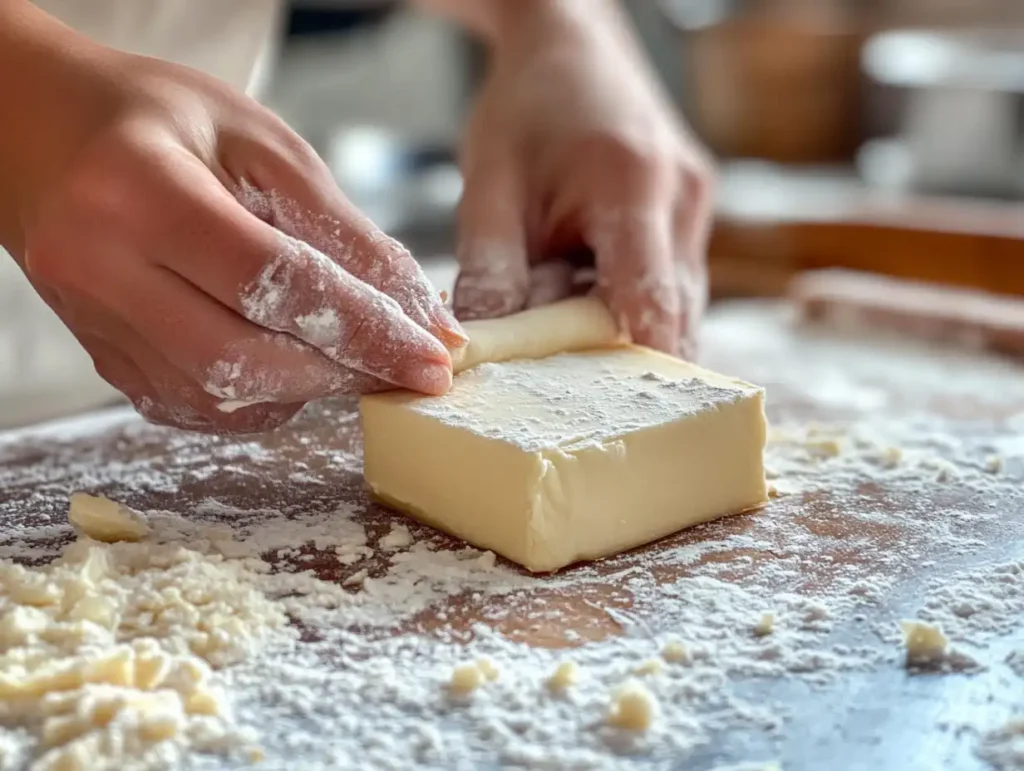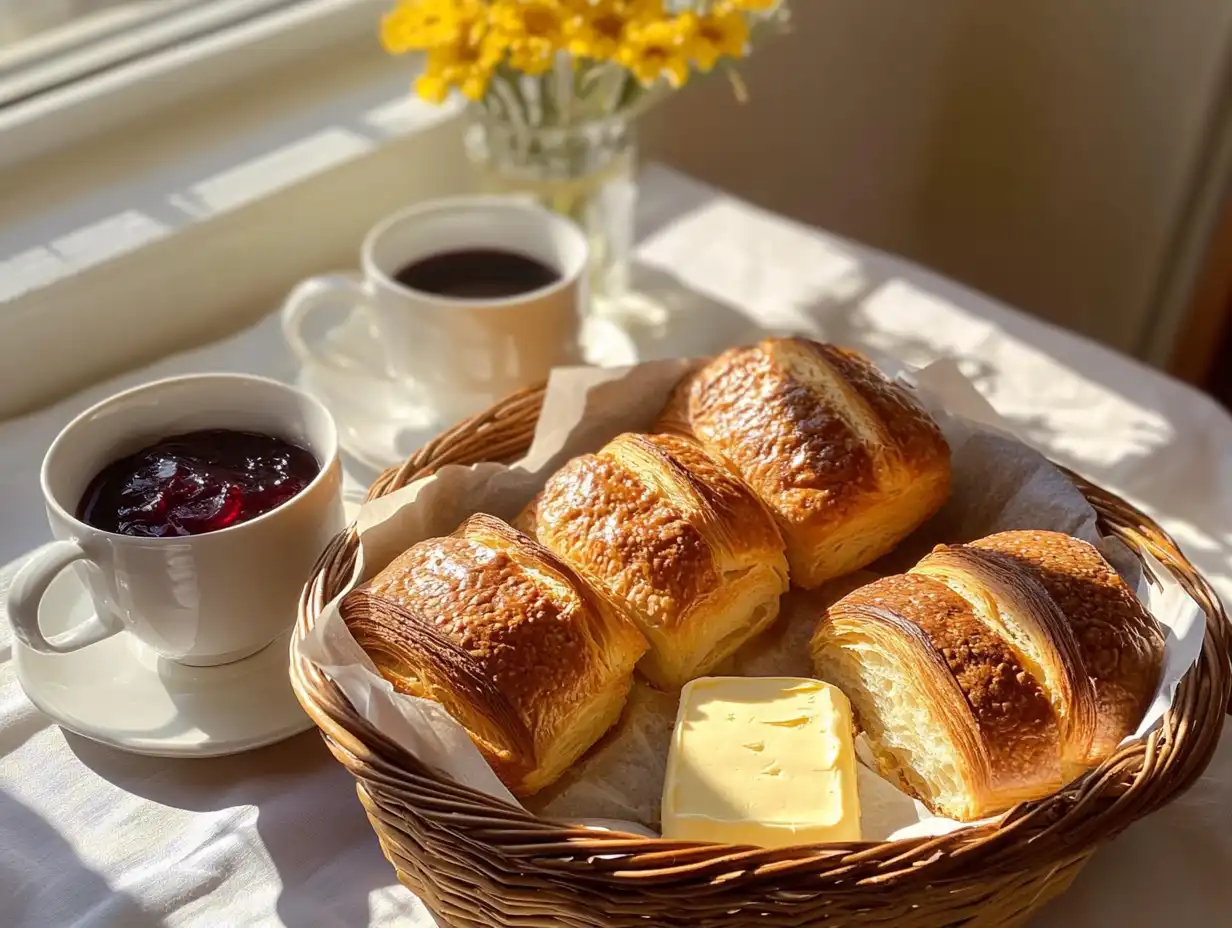There’s nothing quite like the joy of biting into a freshly baked Gipfeli—Switzerland’s answer to the classic croissant. With its golden, flaky layers and rich buttery taste, this homemade Gipfeli recipe brings an authentic Swiss bakery experience right to your kitchen. Whether you’re serving them for breakfast or as a treat with your afternoon coffee, these Gipfeli will have everyone coming back for more.
Read also: What is the Difference Between a Croissant and a Gipfeli?

Why You’ll Love This Homemade Gipfeli Recipe
- Authentic Swiss Flavor (Nussgipfel Recipe: A Delightful Swiss Pastry Guide
) – This recipe stays true to the traditional preparation, ensuring a genuine taste. - Flaky and Buttery Goodness – Perfectly laminated dough results in layers of melt-in-your-mouth deliciousness.
- Simple Ingredients, Incredible Results – Basic pantry staples transform into a bakery-quality pastry.
Ingredients
- Flour – 500 g (all-purpose or bread flour for structure)
- Milk – 250 ml (lukewarm)
- Butter – 250 g (unsalted, for laminating and dough)
- Yeast – 10 g (active dry or fresh yeast)
- Sugar – 40 g (for a touch of sweetness)
- Salt – 10 g (to balance flavor)
- Egg – 1 (for glazing)
Step-by-Step Instructions
1. Prepare the Dough
- In a bowl, dissolve the yeast in lukewarm milk. Let it sit for 5-10 minutes until frothy.
- In a large mixing bowl, combine the flour, sugar, and salt.
- Pour the yeast-milk mixture into the dry ingredients and mix until a dough forms.
- Knead the dough for about 8-10 minutes until smooth and elastic.
- Cover the dough and let it rest at room temperature for about 1 hour or until doubled in size.
2. Laminate with Butter
- Roll out the dough into a large rectangle.
- Place the 250 g of butter (flattened between parchment paper) in the center of the dough.
- Fold the dough over the butter, sealing the edges.
- Roll out the dough again into a rectangle and fold it into thirds like a letter.
- Wrap the dough in plastic and chill for 30 minutes.
- Repeat the rolling and folding process 2-3 more times, chilling in between to build flaky layers.
3. Shape and Proof
- Roll out the dough to about 5 mm thick and cut into triangles.
- Roll each triangle tightly from the base to the tip to form a crescent shape.
- Place on a baking sheet lined with parchment paper.
- Cover lightly and let rise for about 45 minutes.
4. Bake to Perfection
- Preheat the oven to 200°C (390°F).
- Brush the Gipfeli with a beaten egg for a golden shine.
- Bake for 18-20 minutes until golden brown and crisp.
- Let cool slightly before serving.
Pro Tips for the Best Gipfeli
- Chill the Dough – Keeping the dough cold between folds helps create those irresistible layers.
- Use Quality Butter – The flavor of your Gipfeli depends on it!
- Don’t Skip the Egg Wash – It gives the pastries their signature golden sheen.
FAQs
Can I make the dough ahead of time?
Yes! You can prepare the dough the night before and let it rise slowly in the fridge overnight.
Can I freeze Gipfeli?
Absolutely! Freeze unbaked Gipfeli after shaping. When ready to bake, let them thaw and proof before putting them in the oven.
What’s the difference between Gipfeli and Croissants?
Gipfeli are slightly denser and less buttery than traditional French croissants, making them perfect for a Swiss-style breakfast.
